Best Companion Plants For Nepeta Walker's Low
Best Companion Plants for Nepeta Walker's Low
Nepeta Walker's Low is a popular perennial plant known for its blue flowers and catnip-like scent. It is a low-maintenance plant that is easy to grow in a variety of conditions. However, it can be even more beautiful and long-lasting when it is planted with complementary companion plants.
In this blog post, we will discuss some of the best companion plants for Nepeta Walker's Low. We will also provide tips on how to choose the right companions for your garden and how to plant them together.
Why Choose Companion Plants?
There are many reasons to choose companion plants for Nepeta Walker's Low. Companion planting can help to:
- Improve the appearance of your garden by creating a more visually appealing and interesting landscape.
- Attract beneficial insects and pollinators, which can help to control pests and improve the health of your plants.
- Improve the health and productivity of your plants by providing them with shade, shelter, or other benefits.
- Help to suppress weeds by competing with them for water and nutrients.
Choosing Companion Plants
When choosing companion plants for Nepeta Walker's Low, there are a few factors to consider. First, you will need to think about the size and growth habit of the plants. Nepeta Walker's Low is a relatively low-growing plant, so you will want to choose companions that are similar in size. You will also need to consider the sun and soil requirements of the plants. Nepeta Walker's Low prefers full sun and well-drained soil.
Here are some of the best companion plants for Nepeta Walker's Low:
- Agastache: Agastache is another member of the mint family and is known for its fragrant flowers. It is a taller plant than Nepeta Walker's Low, so it can be used to provide some height and structure in the garden.

- Lavender: Lavender is a classic companion plant that goes well with many other flowers. It is drought-tolerant and attracts pollinators.
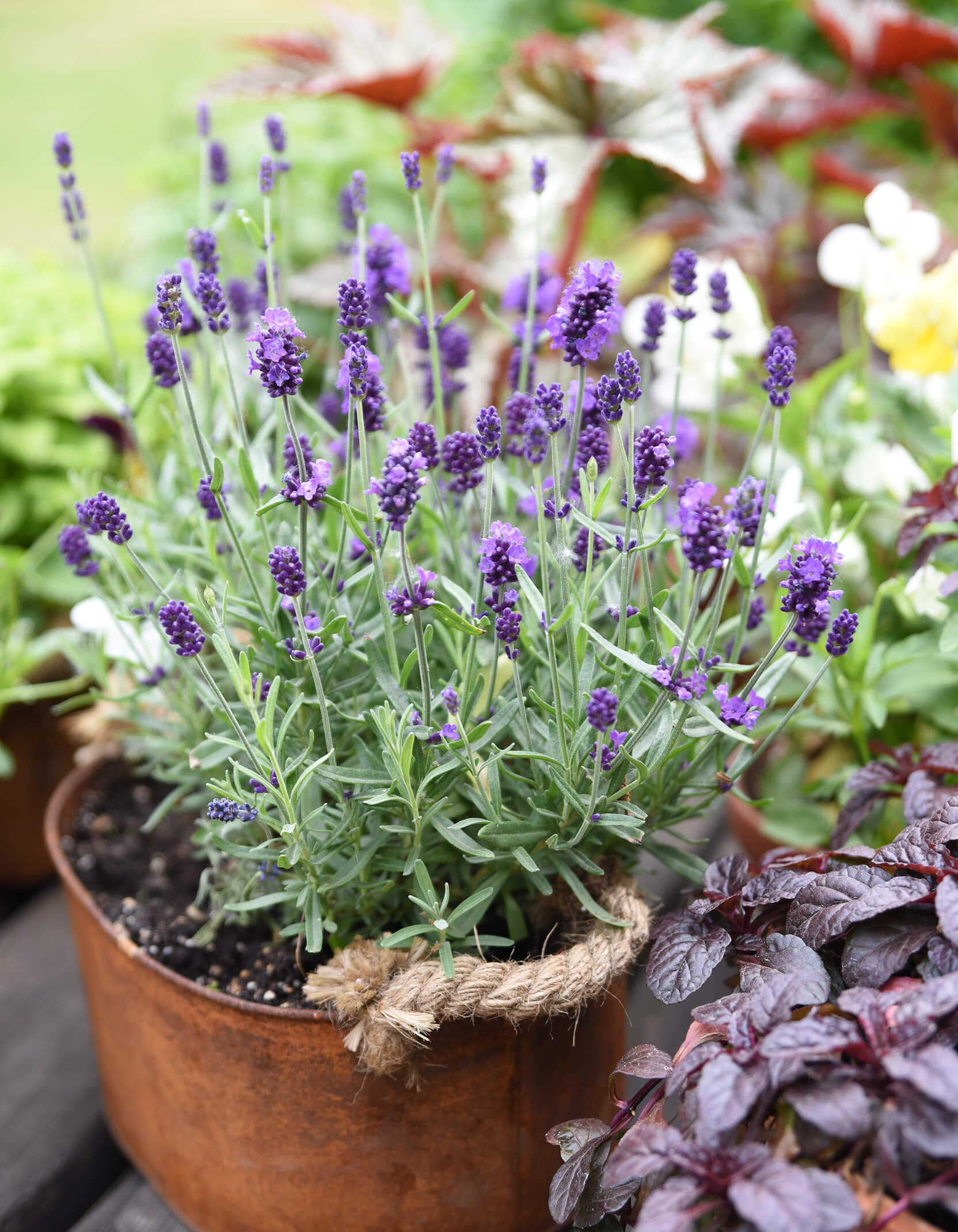
- Yarrow: Yarrow is a hardy perennial that blooms in a variety of colors. It is deer-resistant and attracts butterflies.

- Bee balm: Bee balm is a native North American plant that is known for its nectar-rich flowers. It attracts a variety of pollinators, including bees, butterflies, and hummingbirds.
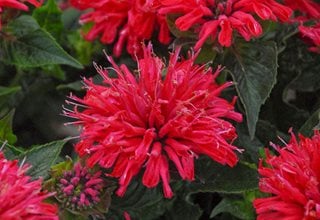
- Sneezeweed: Sneezeweed is a tall, herbaceous perennial that blooms in late summer and fall. It is drought-tolerant and attracts butterflies.
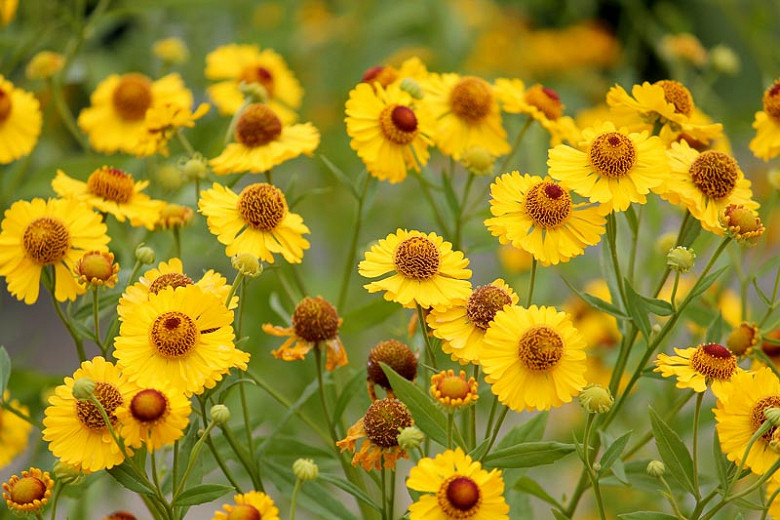
- Coreopsis: Coreopsis is a low-maintenance perennial that blooms in a variety of colors. It is heat-tolerant and attracts butterflies.
- Echinacea: Echinacea is a native North American plant that is known for its medicinal properties. It is also a beautiful flower that attracts butterflies and other pollinators.
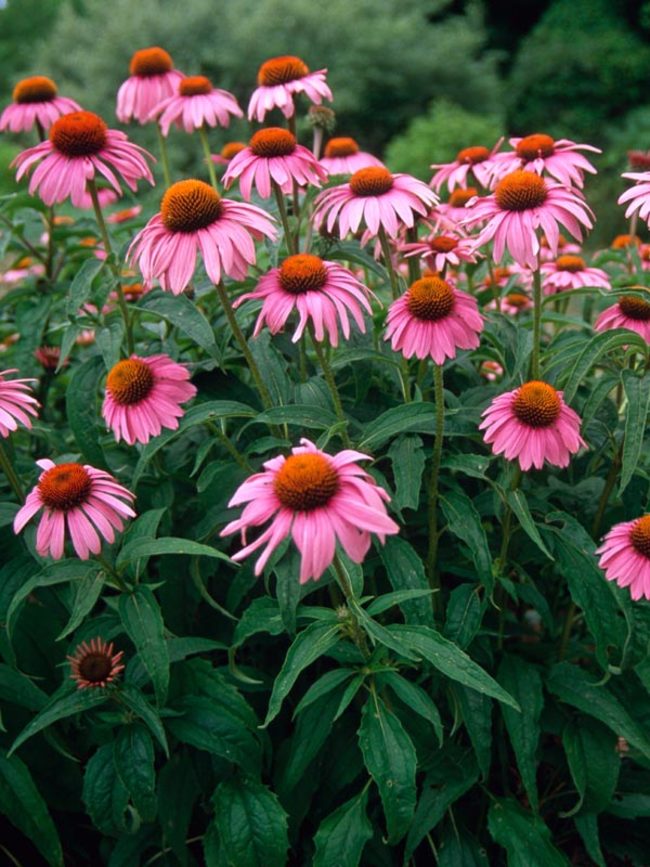
- Monarch butterfly milkweed: Monarch butterfly milkweed is a host plant for monarch butterflies. It is a tall, herbaceous perennial that blooms in late summer and fall.
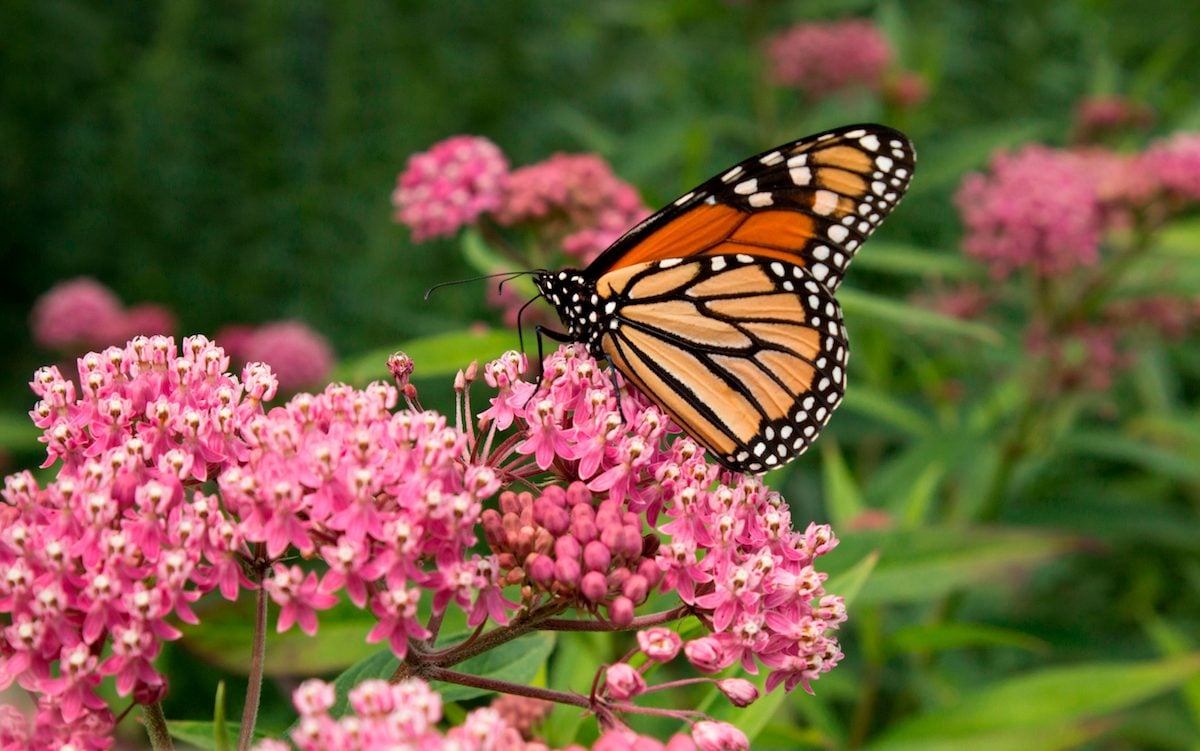
Planting Companion Plants Together
When planting companion plants together, it is important to consider the size and growth habit of the plants. You will also want to make sure that the plants have similar sun and soil requirements.
Here are a few tips for planting companion plants together:
- Plant taller plants in the back of the garden and shorter plants in the front. This will create a more balanced and visually appealing landscape.
- Group plants together that have similar sun and soil requirements. This will help to ensure that all of your plants thrive.
- Plant companion plants that attract beneficial insects and pollinators. This will help to control pests and improve the health of your plants.
Conclusion
Nepeta Walker's Low is a beautiful and versatile plant that can be used in a variety of ways. By choosing the right companion plants, you can create a more visually appealing and productive garden. Companion planting can also help to attract beneficial insects and pollinators, which can improve the health of your plants.
Nepeta walker's low is a beautiful and low-maintenance perennial that is perfect for adding a touch of color and fragrance to any garden. It is also a great choice for companion planting, as it can help to attract pollinators and deter pests.
Some of the best companion plants for nepeta walker's low include:
- Achillea millefolium (yarrow): This tall, daisy-like flower blooms in shades of white, yellow, and pink, and it will help to add height and contrast to your garden. [website address]
- Callirhoe involucrata (marsh mallow): This native wildflower has beautiful pink flowers that bloom in the summer. It is also deer-resistant, so it is a good choice for gardens in areas with a lot of deer.
- Coreopsis verticillata (threadleaf coreopsis): This low-growing perennial has bright yellow flowers that bloom in the summer. It is drought-tolerant and deer-resistant, making it a versatile choice for any garden.
- Panicum virgatum (switchgrass): This tall grass adds a touch of texture and height to your garden. It is also deer-resistant and can tolerate a wide range of soil conditions.
- Solidago nemoralis (meadowsweet): This native wildflower has tall, goldenrod-like flowers that bloom in the summer. It is a magnet for pollinators and can help to attract beneficial insects to your garden.
If you are looking for more information about companion planting with nepeta walker's low, I recommend visiting Gardenia Inspiration. This website has a wealth of information on companion planting, including a list of recommended companion plants for nepeta walker's low.
FAQ of nepeta walker's low companion plants
- What are some good companion plants for Nepeta Walker's Low?
Nepeta Walker's Low is a low-growing, spreading perennial that is known for its fragrant blue flowers. It is a hardy plant that can tolerate a wide range of conditions, making it a good choice for many different gardens. Some good companion plants for Nepeta Walker's Low include:
* Lavender: Lavender is another low-growing, drought-tolerant plant that shares Nepeta Walker's Low's preference for full sun and well-drained soil. The two plants also have similar flower colors, which can create a beautiful and harmonious display in the garden.
* Yarrow: Yarrow is a taller plant that can provide some height and structure to a border or planting bed. It also blooms at the same time as Nepeta Walker's Low, so the two plants can provide a long season of interest.
* Bee balm: Bee balm is a native North American wildflower that is known for its attractive flowers and nectar-rich foliage. It is a magnet for butterflies and other pollinators, which can help to keep your garden healthy and thriving.
* Rudbeckia: Rudbeckia is a daisy-like flower that comes in a variety of colors, including yellow, orange, and red. It is a sun-loving plant that can tolerate poor soil conditions, making it a good choice for difficult-to-grow areas.
* Echinacea: Echinacea is another daisy-like flower that is known for its medicinal properties. It is a hardy plant that can tolerate a wide range of conditions, making it a good choice for many different gardens.
- How far apart should Nepeta Walker's Low plants be planted?
Nepeta Walker's Low is a spreading plant that can reach up to 2 feet wide. When planting, it is important to allow enough space for the plants to spread. A good rule of thumb is to plant Nepeta Walker's Low plants about 18 inches apart.
- What is the best time of year to plant Nepeta Walker's Low?
Nepeta Walker's Low can be planted in the spring or fall. If planting in the spring, wait until the soil has warmed up to at least 60 degrees Fahrenheit. If planting in the fall, plant at least 6 weeks before the first frost.
- How much water does Nepeta Walker's Low need?
Nepeta Walker's Low is a relatively drought-tolerant plant. However, it will need more water during hot, dry weather. Water deeply once a week during the growing season. Mulching around the plants will help to conserve moisture.
- How do I deadhead Nepeta Walker's Low?
Nepeta Walker's Low flowers will eventually fade and die. To keep the plant looking its best, deadhead the spent flowers by cutting them off at the base of the plant. This will encourage new flowers to bloom. You can also trim the plant back lightly in the fall to remove any dead or damaged foliage.
Image of nepeta walker's low companion plants
- Nepeta walker's low and roses: This is a classic combination that works well in both formal and informal gardens. The blue flowers of nepeta walker's low complement the pink or yellow blooms of roses, and the two plants have similar growing requirements.
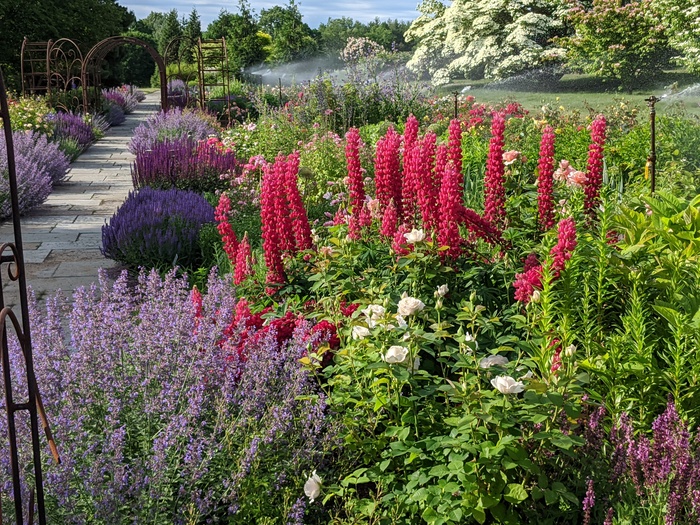
- Nepeta walker's low and lavender: These two plants have similar blue-purple flowers and a similar drought-tolerant nature. They can be planted together in a border or rock garden, or used as an edging plant.
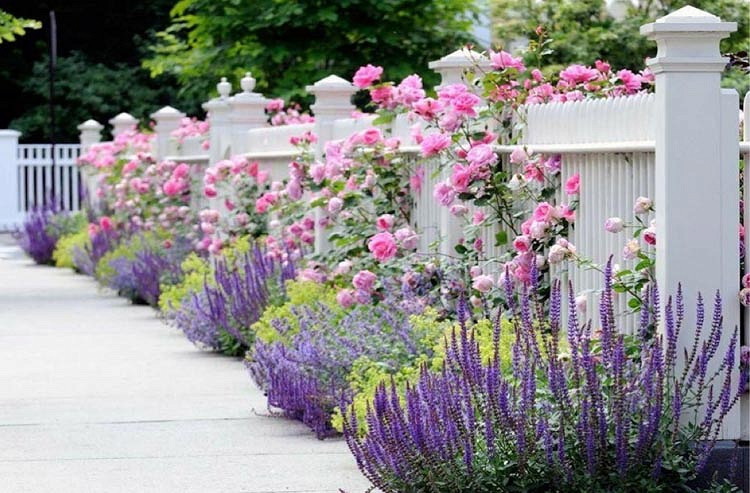
- Nepeta walker's low and echinacea: Echinacea is a tall, spiky flower that provides a striking contrast to the low-growing nepeta walker's low. The two plants can be planted together in a sunny border, or used to create a vertical accent in a mixed planting.
- Nepeta walker's low and yarrow: Yarrow is another tall, spiky flower that can be planted with nepeta walker's low. The two plants have similar growing requirements and can be used to create a meadow-like planting.
- Nepeta walker's low and coneflower: Coneflower is a tall, daisy-like flower that adds a touch of elegance to any garden. It can be planted with nepeta walker's low in a sunny border or used as a cut flower.

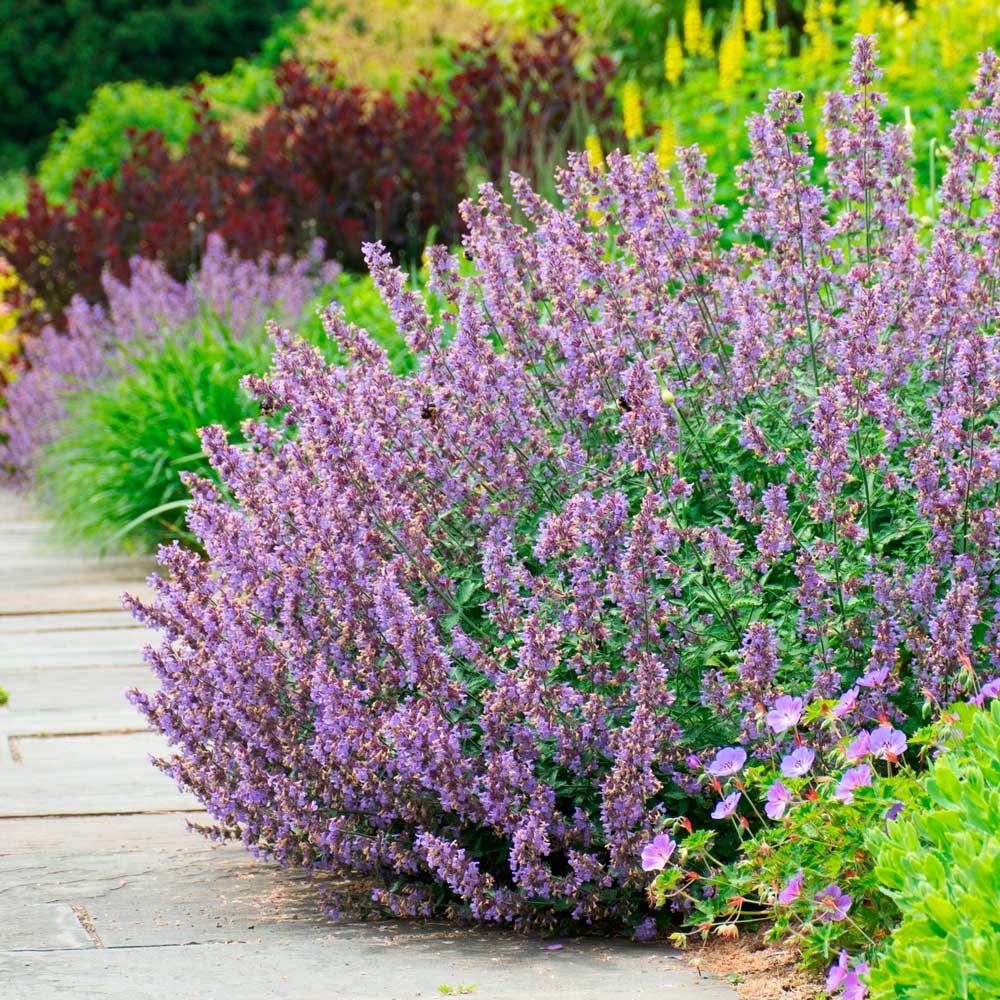
Post a Comment for " Best Companion Plants For Nepeta Walker's Low"